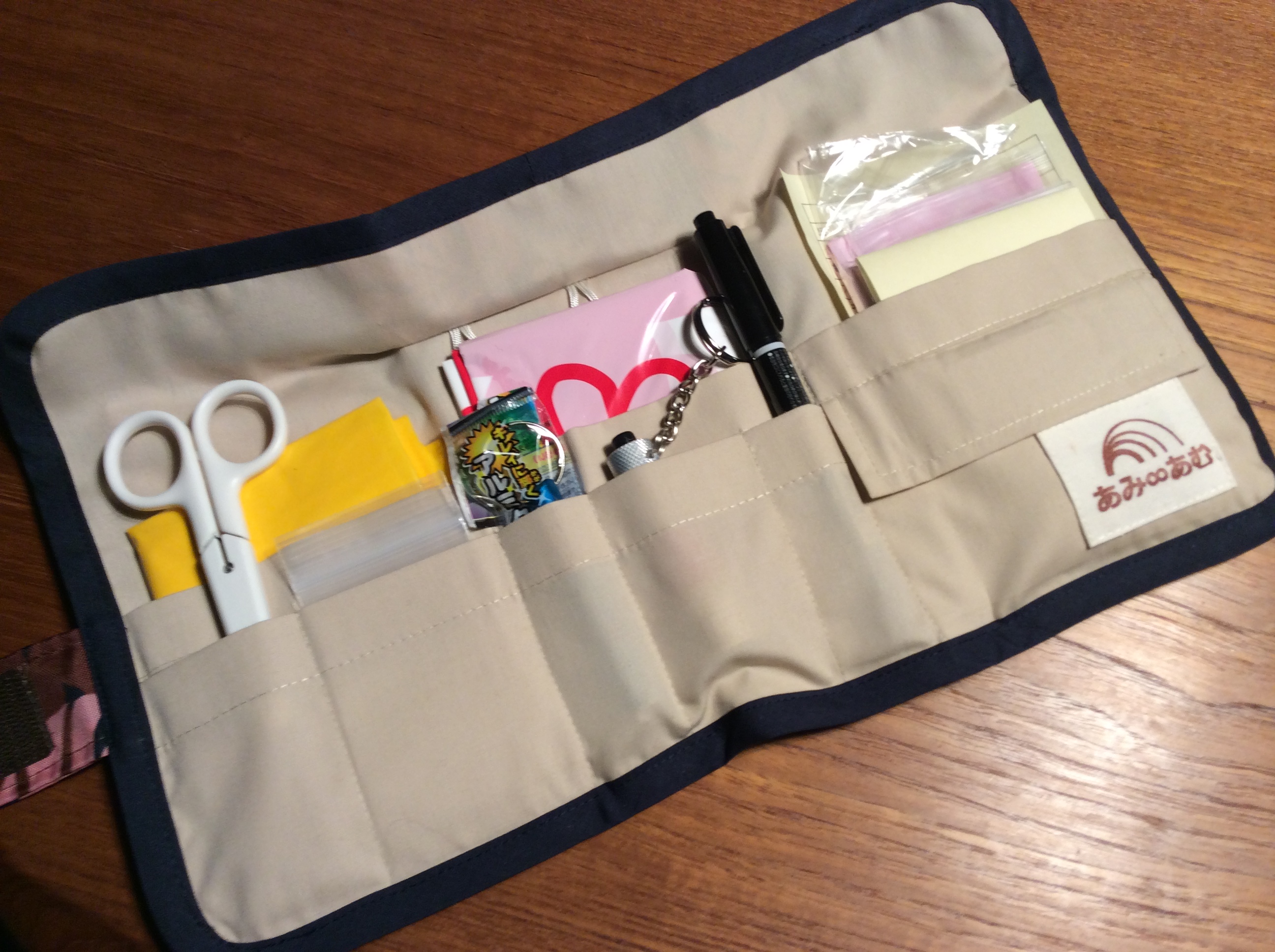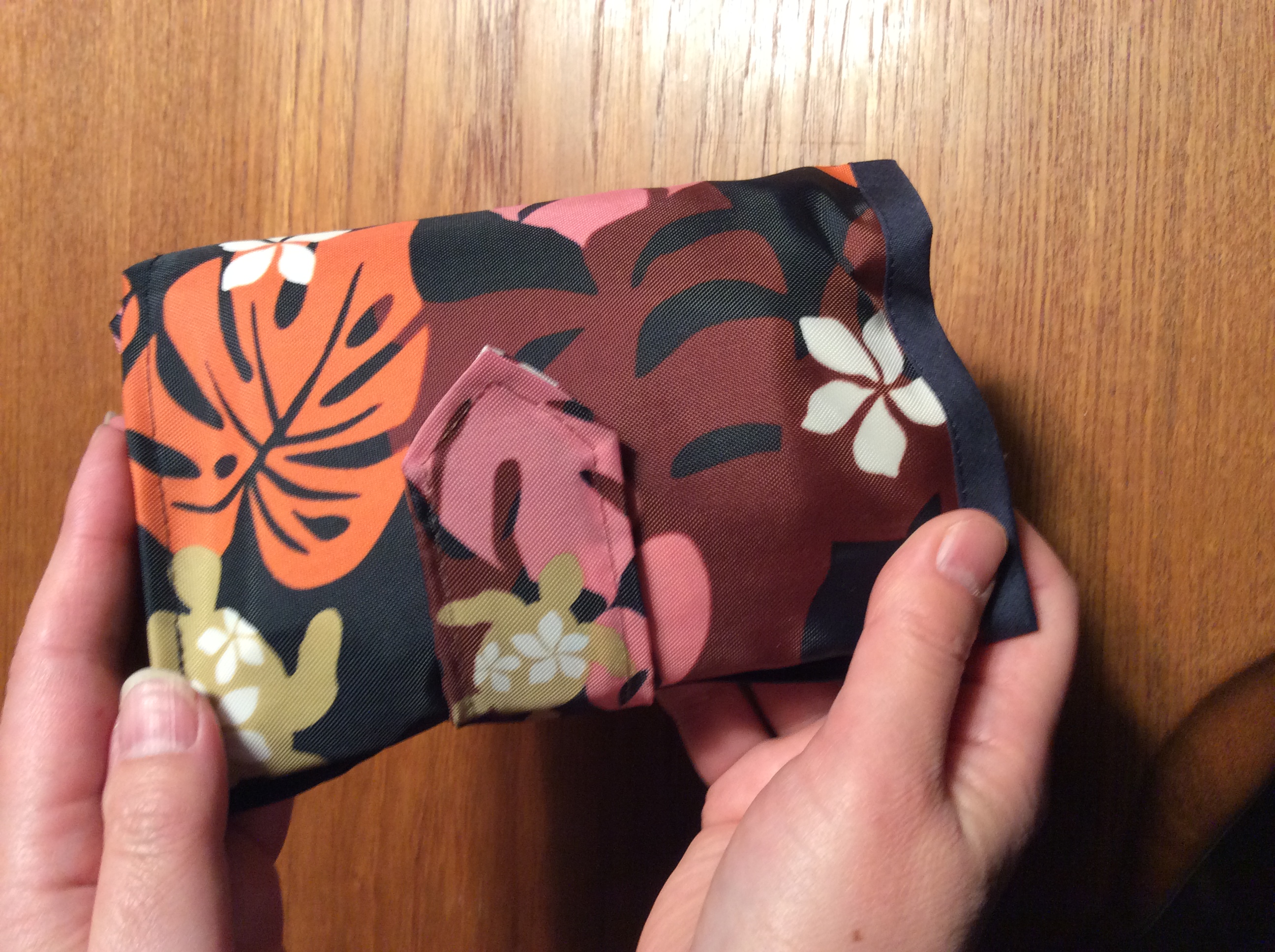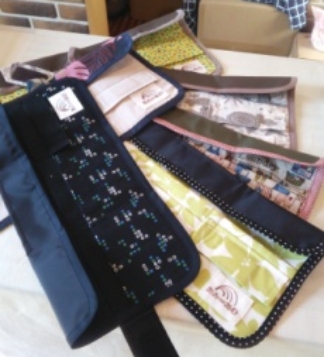"Ami∞Amu", a woman's group at Setagaya-ku that tries to create "local disaster-preventing network" has produced "Anshin (security) pouch."
Scissor, portable flashlight, garbage bag, safety pin...14 items in total are included.
It is hard to prepare each of those items by yourself!
The pouch is designed by a woman's group "nui nui" that embraces women's handmade work.
It is lightweight, compact and easy to carry around. For yourself and for someone as a gift!
Wishing you an Anshin (security)!
By Chizuko Ueno

inside; "Anshin pouch"

compact and space-saving
◆Included items◆
The wisdom of disaster-preventing is packed in this compact pouch.
Not just for the time of disaster, it is also useful for everyday life.
14 items as follows are included;
whistle, mini flashlight, scissor, big plastic bag, safety pin.
pill's bag, adhesive bandages, wet tissue, candies, memo pad,
permanent marker, bag for change, urine removal pad, information card
◆Price◆
Retail price; 2200yen
Items only; 600yen
Pouch only; 1600yen

various designs of "Anshin pouch"
For more information, please make a contact with "Ami∞Amu" as listed below.
◆Woman's group "Ami∞Amu"◆
"Ami∞Amu" is a group that aims at dealing with local disaster prevention based on respect for human rights, and established by a group pf woman living at Setagaya-ku.
In 2012, after the Great East Japan Earthquake, during the process of making a proposal to Setagaya-ku for disaster contingency planning, they tried find a way to do something direct to local disaster prevention.
Since 2013, "Ami∞Amu" has been doing various activities as study meeting, workshop which produced the "Anshin pouchi", research the status of children commuted by train on the day of the Earthquake.
From now on "Ami∞Amu" will organize "disaster prevention cafe" on a regular basis and continue to seek a way of disaster prevention cares the human rights from a various aspects with local community.
Number of members; 8
HP http://amiamuamiamu.blog.FC2.com
Contact;
Email; amiamu_amiamu@yahoo.co.jp
Mobile; 080-5086-6141(Sunada)
Original article written by Chizuko Ueno
Translated by T. Muramatsu





